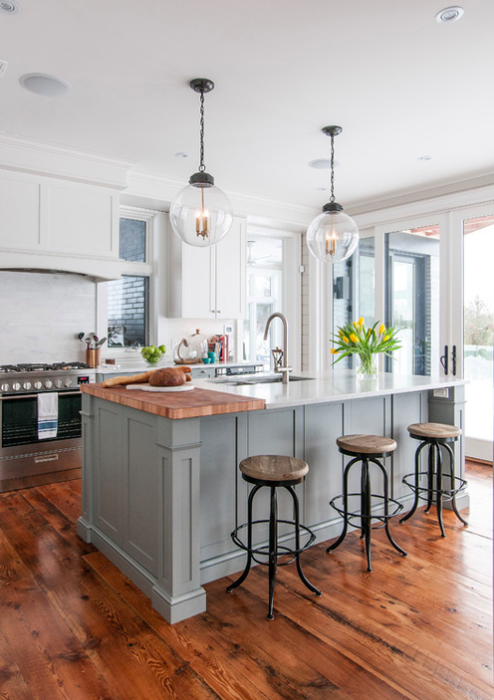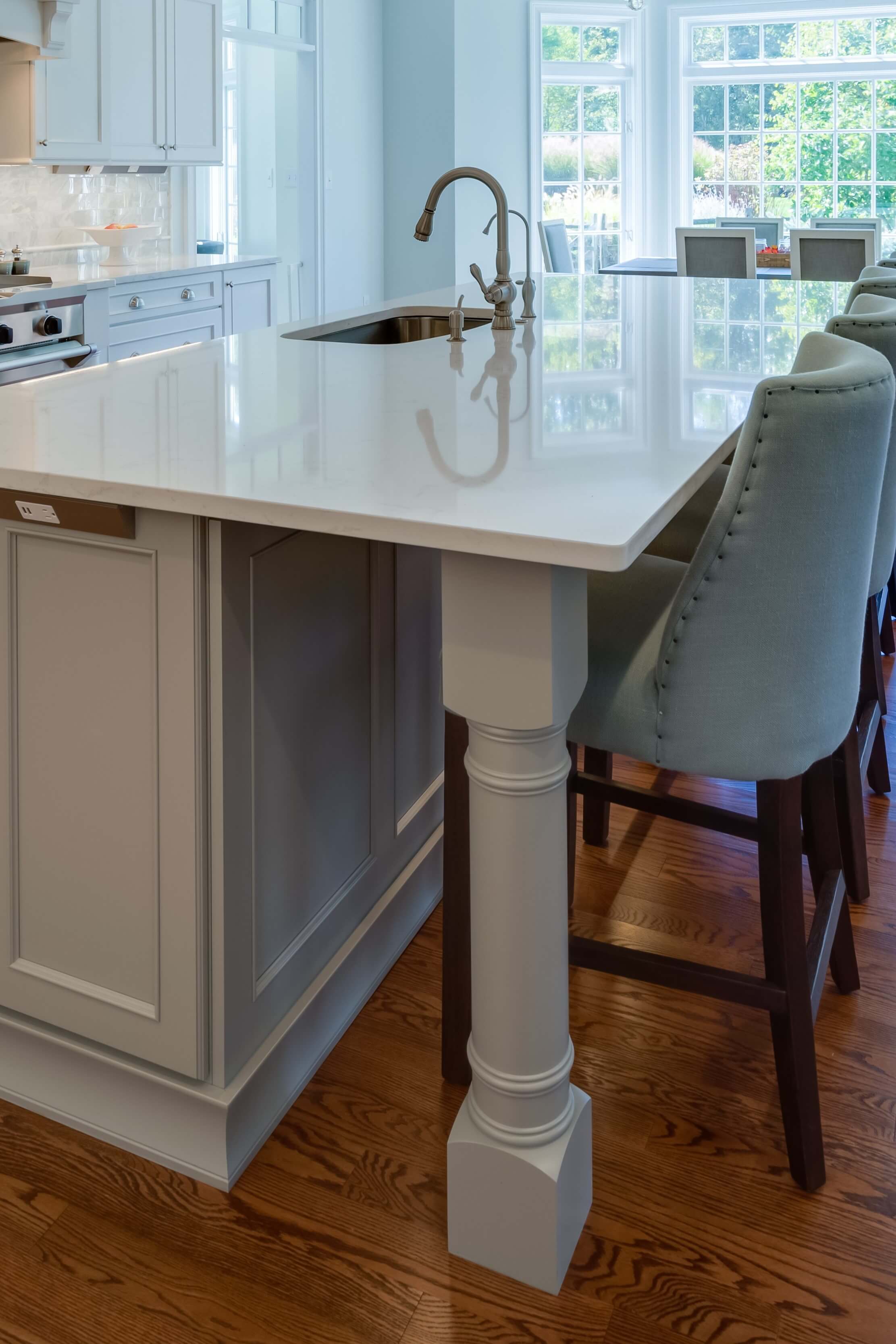Change Your Area with Innovative Kitchen Island Leg Styles
Change Your Area with Innovative Kitchen Island Leg Styles
Blog Article
Top Factors To Consider When Selecting a Kitchen Area Island Leg for Modern Kitchen Interiors
In the realm of contemporary cooking area interiors, the choice of a cooking area island leg is essential, influencing both aesthetic appeals and performance. Key considerations include the option of materials that balance with contemporary style, along with the leg's stability and assistance to make certain long-lasting performance. In addition, height and percentages need to be attentively evaluated to maintain a natural appearance. As these aspects link, they increase even more inquiries concerning exactly how to achieve the best equilibrium in between design and usefulness, leaving one to contemplate the ramifications of each choice on the overall kitchen area experience.
Material Options
When it pertains to picking a cooking area island leg, product options play a critical function in both appearances and functionality. kitchen island leg. The most typical materials include timber, steel, and composite choices, each offering possible disadvantages and distinctive benefits
Timber is favored for its heat and timeless allure, offering a classic appearance that enhances numerous kitchen area styles. It is very versatile, permitting modification in terms of coatings and shades. Wood might require even more upkeep to protect against warping or damage from moisture.
Steel, on the various other hand, brings a modern-day and industrial style to cooking area islands. Stainless-steel and functioned iron are popular options, recognized for their durability and resistance to use. They can endure the roughness of everyday usage but may lack the warmth connected with wood.
Composite materials, such as engineered wood or artificial blends, offer an equilibrium in between price, durability, and looks. These options are often developed to simulate the appearance of all-natural materials while providing resistance to scrapes and spills.
Inevitably, the selection of product need to line up with the general kitchen area design and intended usage, ensuring that the kitchen area island leg is both functional and visually appealing.
Style and Design
The design and style of a kitchen area island leg substantially add to the total aesthetic of the area, complementing the picked product. When picking the leg design, consider the architectural style of the kitchen. As an example, streamlined, minimal legs constructed from stainless-steel or acrylic harmonize with modern layouts, while ornate, turned wood legs enhance standard or farmhouse looks.
Additionally, the finish of the leg can influence the aesthetic effect; a refined chrome or matte black finish might evoke modern-day style, while distressed wood talks to rustic beauty. The leg's shape also plays an essential function-- directly, angular types convey a more commercial feeling, whereas tapered or rounded legs introduce a softer, much more inviting appearance.
Integrating decorative components, such as makings or embellishments, can include character and character to the kitchen island, more enhancing its duty as a prime focus. Inevitably, the selected leg style ought to not just straighten with the general kitchen area style however likewise show the house owner's personal taste, making sure that the cooking area island ends up being a harmonious and useful centerpiece within the modern-day kitchen area inside.
Elevation and Percentages
Achieving the ideal elevation and percentages for a cooking area island leg is important for both performance and appearances. Kitchen area islands typically range in height from 28 to 36 inches, depending upon their intended usage-- whether as a food preparation surface area, dining location, or workspace. Requirement countertop elevation is around 36 inches, making it crucial that the legs you choose complement this height to offer a seamless, incorporated look.
Percentages also play an essential function in the visual equilibrium of the cooking area. A slender leg might be ideal for a minimalistic or modern island, while a more substantial leg may be needed for rustic or standard layouts.
When selecting the height and proportions of the cooking area island leg, remember the total click for info design theme of your kitchen. This attention to information not only improves the performance of the area yet likewise adds to a aesthetically enticing and natural indoor style.
Security and Support
Continually making sure stability and assistance in kitchen area island legs is vital for both safety and security and functionality. A well-constructed cooking area island must stand up to everyday use, consisting of weight from appliances, food prep work, and celebrations. The selection of legs must focus on durable materials and styles that can offer ample assistance.
When assessing stability, think about the leg's material-- hardwood, steel, or light weight aluminum commonly use premium strength contrasted to lighter alternatives. Additionally, the design should include a wide base to distribute weight evenly and reduce the danger of wobbling or tipping. As an example, legs made with an A-frame or cross-bracing can considerably improve security.

Including these factors to consider will not just improve the general safety of the kitchen area space however additionally enhance the long life and functionality of the kitchen island, making it an important focal point in contemporary kitchen insides.
Finishing Touches
When it involves completing a kitchen area island, thoughtful finishing touches can considerably enhance both its visual charm and capability. Picking the appropriate leg style is important, however enhancing it with ideal information can change the entire room. Consider adding attractive aspects such as toe kicks or baseboards that match the kitchen cabinetry or floor covering to develop a seamless appearance.

A cohesive shade palette and product selection will certainly boost the cooking area island, making it a captivating focal point. By paying focus to these completing touches, property owners can develop a kitchen island that is both stunning and useful, catering to their lifestyle and layout preferences.
Conclusion

In the world of contemporary kitchen interiors, the option of a kitchen island leg is essential, affecting both looks and capability.The style and layout of a kitchen island leg significantly add to the general aesthetic of the space, enhancing the selected product.Attaining the ideal height and percentages for a kitchen island leg is critical for both capability and looks.Continually guaranteeing stability and support in kitchen island legs is important for both safety and performance.In recap, choosing a kitchen island leg for modern interiors requires careful consideration of material options, layout style, height, proportions, and security.
Report this page